Tensions in the work force appear to be a significant concern to executives as their businesses readjust from the extreme of COVID enforced lockdowns, travel restrictions and extensive working from home policies; as if executives don’t have enough business issues with economic uncertainty, delays in supply chain, raw materials’ inflation, and rising energy costs.
The “Great Resignation” of 2021 and early 2022, saw millions of employees leave their jobs amid clashes over work and life flexibility and their reevaluation of how work should fit into their lives and “wellness” needs.
On top of this, according to social media, we now have the issue of “Quiet Quitting”. Dependent on your viewpoint, “Quiet Quitting” is where individuals now want to untangle their identity from their job; focusing on their own wellness, avoiding burnout, leaving themselves with more time and energy to invest elsewhere, offering little other than what they are paid for. They may view their disengaging from corporate culture as the organization’s problem. The trend is resonating strongly with those Gen Z and millennial knowledge workers fighting to rewrite the rules of the workplace.
Others, particularly leadership, and those who are engaged with the corporate culture, may regard “Quiet Quitter’s” lack of willingness to go above and beyond in less favorable terms, as slacking or coasting.
Trying to find the balance between expecting individuals to take on the challenges of the business and give more rather than then expecting more, as well as greater flexibility to live the life they wish, is a problem exacerbated by the return-to-work policies now being launched. Tensions arise from those prepared to give more in seeing the “Quiet Quitter’s” doing only as little as they must.
I make no judgement as to either viewpoint and believe organizations and individuals are free to make choices that act in their own interests.
I do however offer my take in two areas; Leadership’s responsibility to create and maintain an engaged workforce, and the potential consequences of choosing to be a disengaged employee.
Leadership in Employee Engagement:
Douglas McGregor’s X Y theory drew a distinction between two assumptions about human motivation; Theory X assumes individuals require extrinsic motivation, coercion, and rewards to be directed to organization’s goals. Theory Y emphasizes the person’s intrinsic motivation in their work, to engage, to display their desire to be self-directing, to seek responsibility, and use their capacity to be creative in solving business problems.
Surveys show that quality of relationships and managerial support is consistently related to various aspects of engagement, including job satisfaction, enthusiasm, effort, and intention to quit. However, different aspects of engagement are most closely related to different factors of job quality. E.g., job complexity (how stimulating, interesting, and novel one’s work is) is most closely related to enthusiasm and effort. And terms of employment (E.g., job security and development opportunities) are most closely related to overall job satisfaction and intention to quit.
The 2009 MacLeod Review summarized four ‘enablers’ of employee engagement:
- Leadership should give a strong strategic narrative about the organization’.
- Line managers should motivate, empower, and support their employees.
- Organizational integrity should state values reflected in the actual organizational culture; what we say is what we do and why.
- Employees should have a voice throughout the organization, to feel involved in decision making and be able to feedback upwards.
The question I have to leadership who fear that they have an issue with disengaged employees is, are you yourself engaged with your employees? Are you regularly and constantly surveying and reviewing how you are performing against the four “enablers”? Are your selection and onboarding processes reflecting the standards and expectation of the organization, and do your “exit interviews” investigate how you are performing?
The “Quiet Quitters” may soon join the ranks of the “Great Resignation”.
“In order to expect your team to be fully engaged, you as their Leader must be prepared to fully engage with your team”
The Disengaged Employee:
If you are unhappy, not getting what you need from a role and organization, and they know this and still they will not compromise, nor will you, absolutely seek an opportunity elsewhere. I have deep empathy, and a degree of respect, for those that choose to “vote with their feet”, as they are being true to themselves.
For those that choose to disengage, are prepared to do only what it takes, they have that right. However, sooner or later, tensions will arise between you and leadership, as well as colleagues, as your disengagement will be seen by others, and that choice will have consequences.
Generation X understand that those that do more, offer more and remain loyal are often those that get recognized, promoted, attain higher salaries and bonuses, and when the market gets tough, as it will, as they have seen in various cycles over the years. They understand that responding to extrinsic rewards whilst demonstrating intrinsic motivation to the benefit of both themselves, and the organization gets noticed and rewarded.
You have the choice to be disengaged, be a “Quiet Quitter”, but the organization also has the right to recognize those that are engaged and the right to promote, pay more, bonus more and offer more flexibility to those that do more, offer more and remain loyal. The “Quiet Quitter” will be the first to be let go, hardest to get positive references for, and least likely to gain advocacy amongst their networks.
There are consequences in all choices, and few employers wish to hire quitters.
“To be valued and rewarded as an engaged employee, you must behave as an engaged employee”
Simon Crockett
Founder and Head Coach
To find out more email enquiries@thecareerleadershipacademy.com
- John J. Morse and Jay W. Lorsch, Beyond McGregor Theory Y – Employee Performance Management, Harvard Business Review, May 1970
- Employee engagement and motivation, CIPD, 27 Jan 2021



